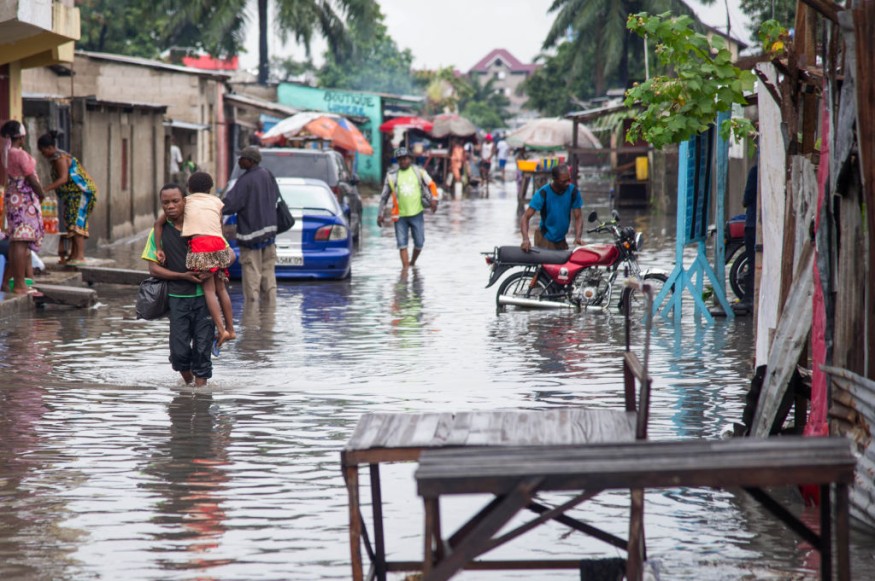Floods and landslides due to hours-long heavy rain killed over 120 people earlier this week in Kinshasa, the capital city of the Democratic Republic of the Congo (DRC).
Raging floodwaters swamped the capital's major roads in the city center and landslides buried some houses near hillside areas.
Details of the natural disaster was reportedly announced by the DRC government on Wednesday, December 14.
The torrential rain occurred from Monday to Tuesday, December 12 to December 13, according to the government statement.
The early week heavy showers caused severe damage to infrastructure, including roads and houses.
Mudslides crushed some homes on the outskirts of Kinshasa and flooding disrupted different parts of the city as water levels reached knee-deep.
Kinshasa Floods

The statement was released from the office of DRC Prime Minister Jean-Michel Sama Lukonde, who chaired a crisis meeting with several local and police officials on Tuesday evening, as cited by the BBC.
A three-day national mourning has been implemented and the government will also cover the funeral costs for those who died from the catastrophic event, the prime minister's office said.
The Kinshasa floods covered multiple neighborhoods with muddy water, while houses and roads were ripped apart by sinkholes, including the N1 national route that connects the capital city to the country's main port of Matadi, according to the UK broadcasting company.
Local resident Kenga Mwamba told BBC News that the incident caused his house to collapse, trapping his family inside.
Mwamba reportedly narrated there was no way of getting inside his home where he only saved only of his children, while he saw his wife's body floating and his other three kids pinned under the rubble dead.
Blaming Climate Change
Earlier on Tuesday, DRC President Felix Tshisekedi joined the United States in blaming the ongoing climate change for the major flooding event.
The DRC is facing pressure but is not hear or supported, President Tshisekedi told US Secretary of State Antony Blinken when they met at a US-Africa summit in Washington, as cited by the BBC.
According to the National Resources Defense Council (NRDC), a growing number of communities, both coastal and inland areas, have started to finding themselves submerged underwater and climate change impacts like extreme weather and sea level rise are increasingly to blame.
One type of flooding called urban flooding affects capital cities and other metropolitan areas.
While coastal floods, flash floods, and river floods (riverine flooding) can happen in urban areas but the term urban flooding pertains to water levels rising when rainfall overwhelms local water drainage, the NRDC explained.
In the case of Kinshasa, the city was once a fishing village along the banks of the Congo river, and it grew to become one of Africa's largest megacities with a population of approximately 15 million.
However, "poorly regulated rapid urbanization" made the city more vulnerable to flash floods after intense rainfall, which became more frequent due to the climate crisis, according to CNN.
© 2025 NatureWorldNews.com All rights reserved. Do not reproduce without permission.

